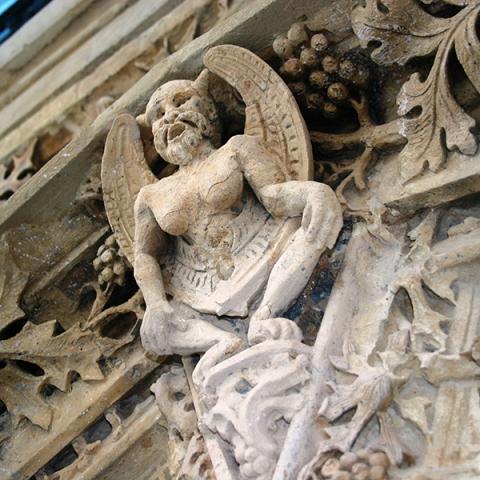articolo
ROMAN CEMENT, IL CEMENTO BUONO
Il Roman Cement è un legante idraulico scoperto da James Parker intorno al 1780 e brevettato nel 1796. Il nome del legante non ha nulla a che fare con i materiali usati da Romani. Si tratta di un cemento naturale prodotto originariamente attraverso la cottura di noduli di Septaria (miscele naturali di calcari e argille). Il Roman Cement, in virtù delle sua caratteristiche trova impiego nel restauro di edifici storico monumentali, nella decorazione e nell’ambito delle bio-costruzioni.
ROMAN CEMENT, THE GOOD CEMENT
Roman cement is a hydraulic binder developed by James Parker in the 1780s, being patented in 1796. The name is misleading as it is nothing like any material used by the Romans, but was a "natural cement" made by burning Septaria – nodules that are found in certain clay deposits, and that contain both clay minerals and calcium carbonate. Roman cement can be used for restoration purposes in old buildings and the renovation of historic monuments, as well as in decoration for new buildings and in eco-construction.
REGISTRATI PER SCARICARE L'ARTICOLO



